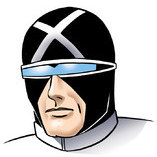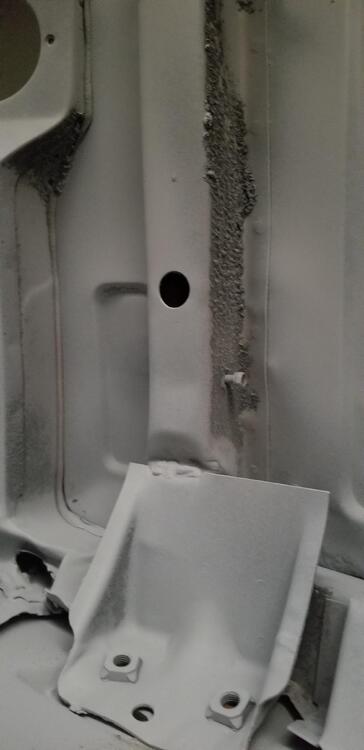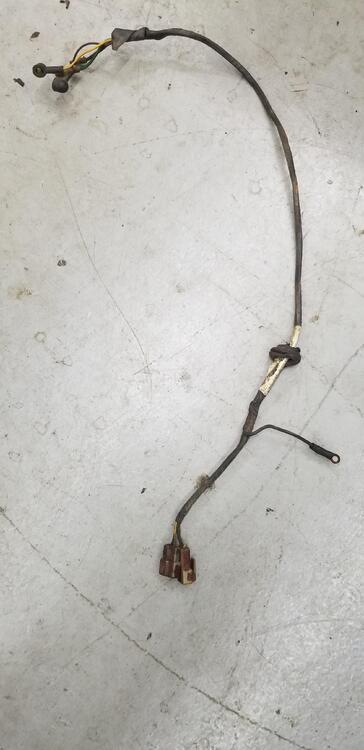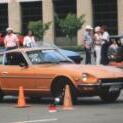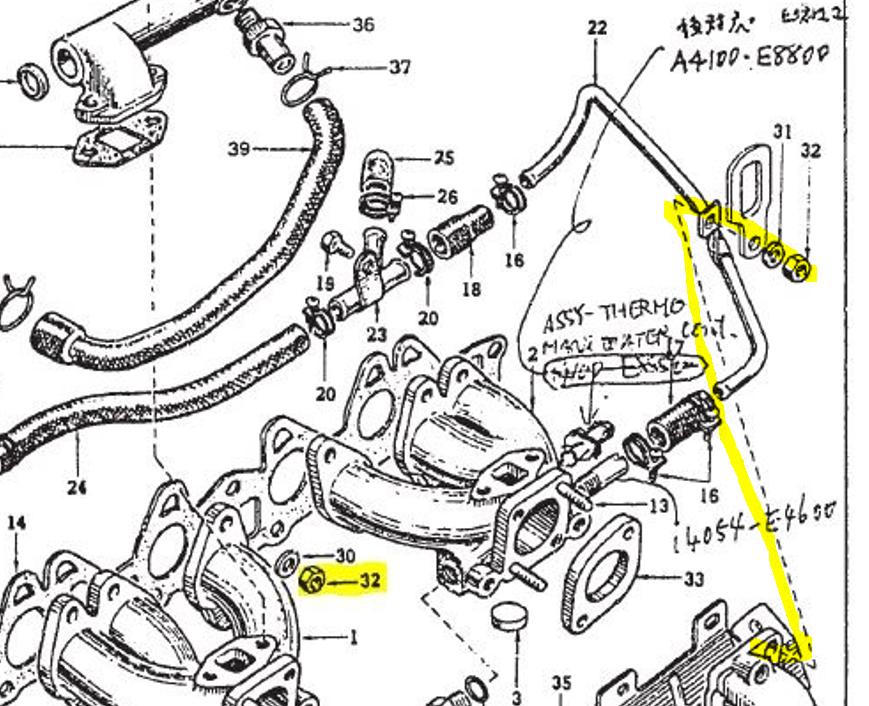Leaderboard
-
Zed Head
Free Member3Points19,238Posts -
emccallum
 Subscriber
Subscriber 2Points428Posts
2Points428Posts -
siteunseen
Free Member1Points15,115Posts -
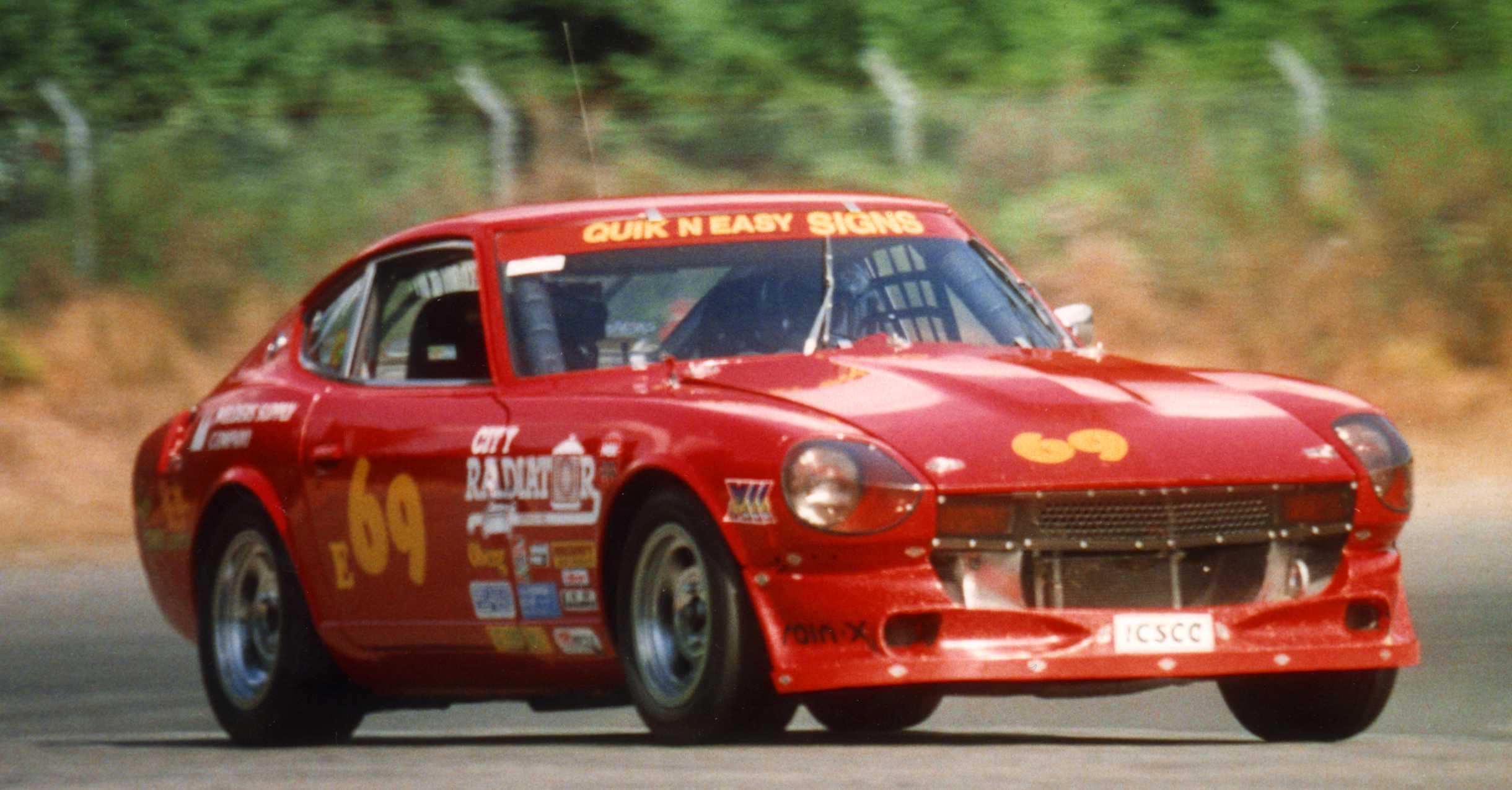
Racer X
Free Member1Points1,877Posts
Popular Content
Showing content with the highest reputation on 06/24/2022 in all areas





